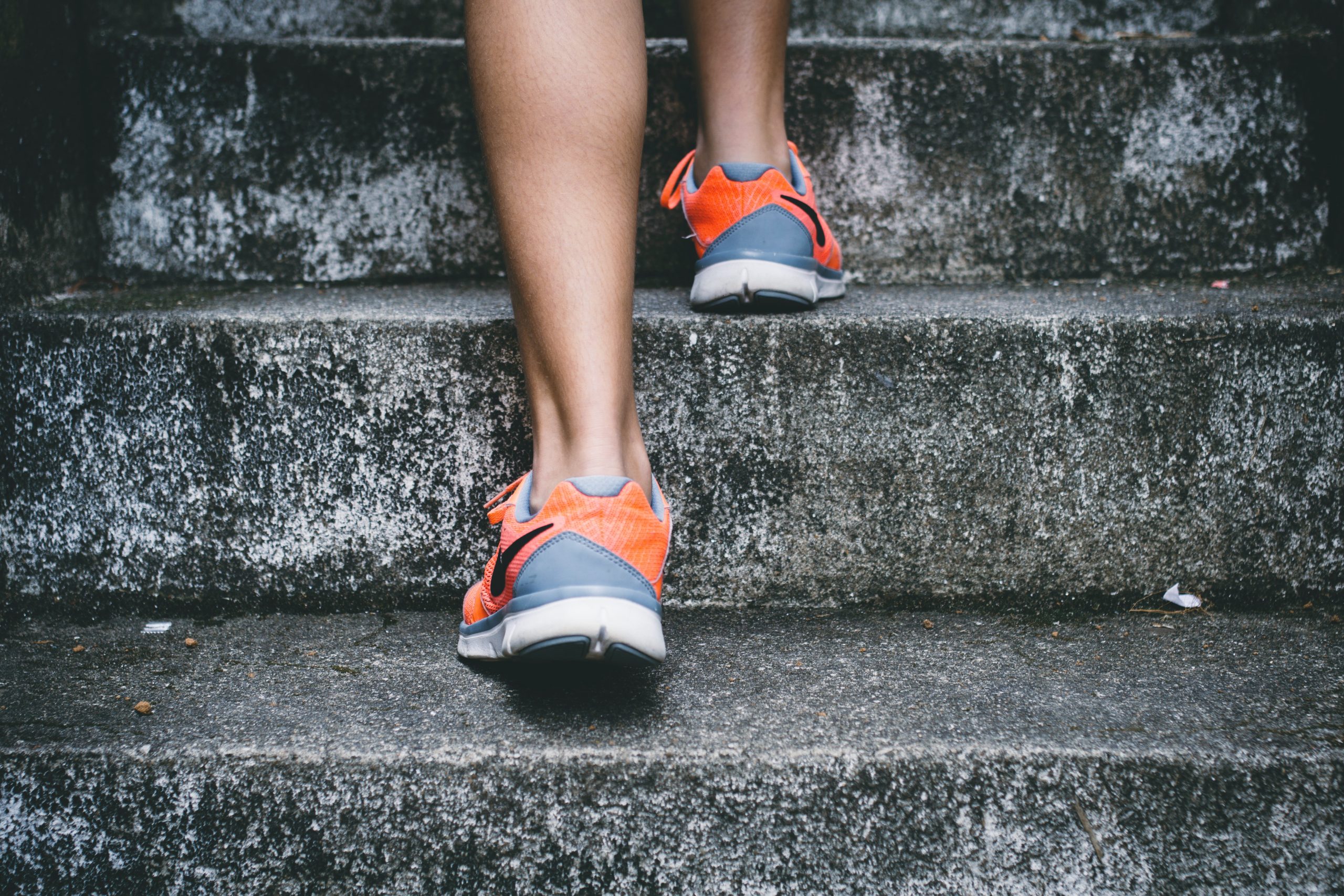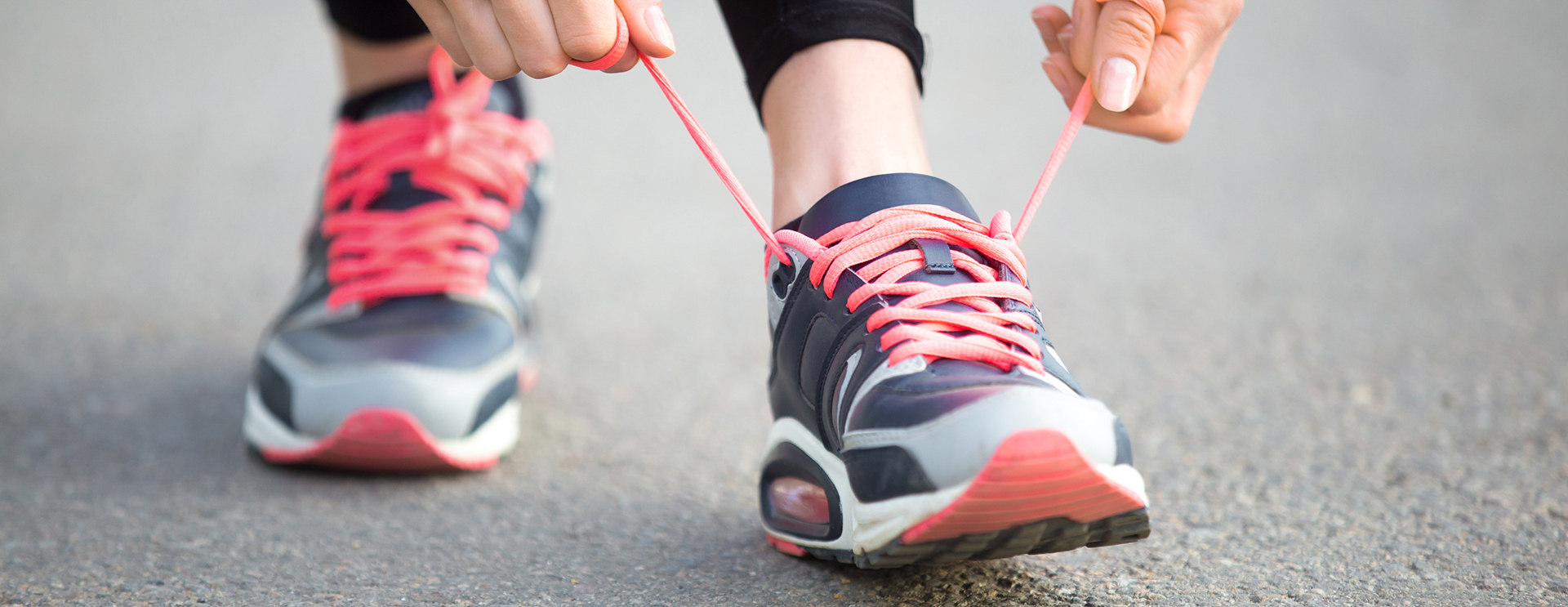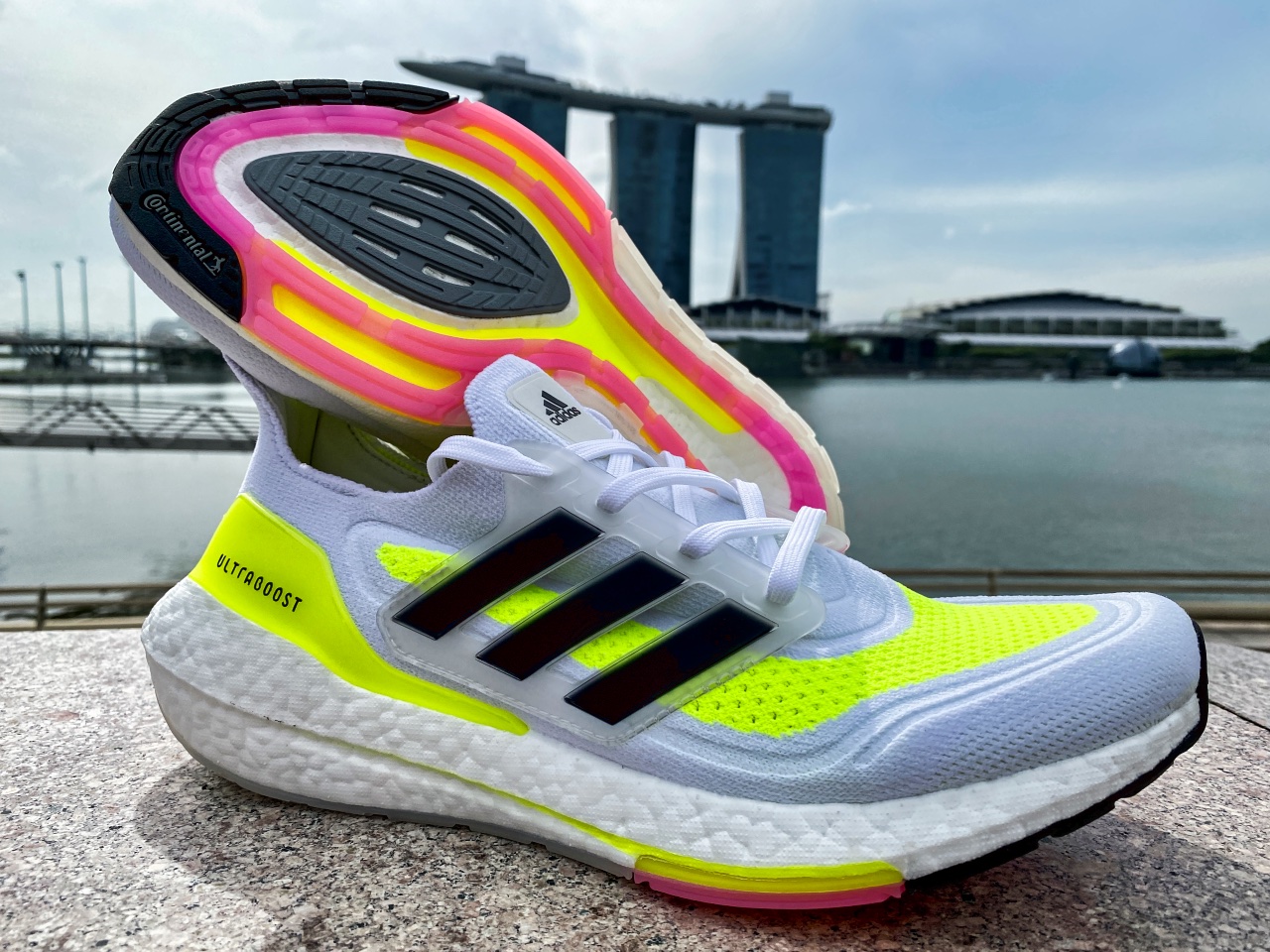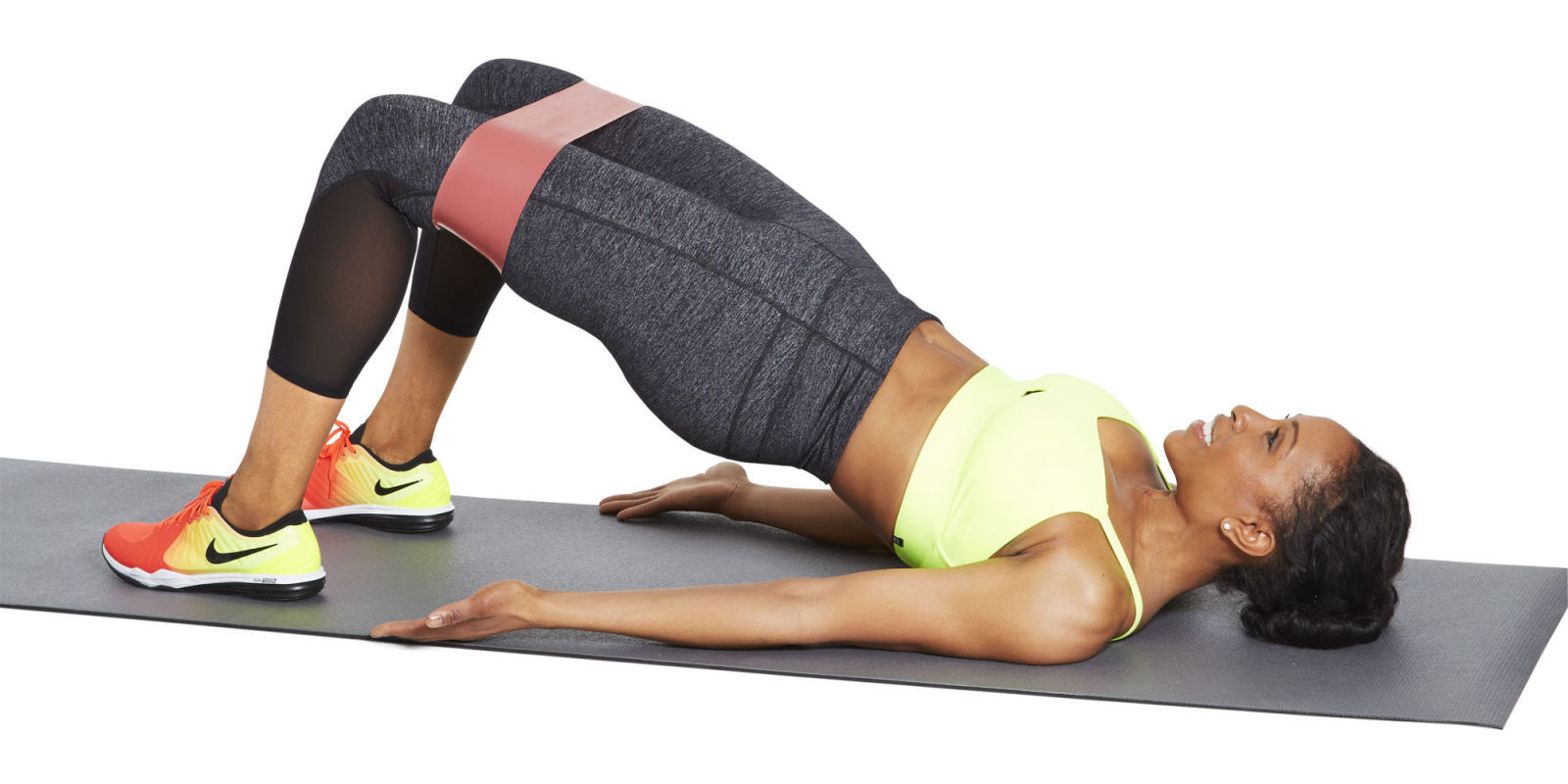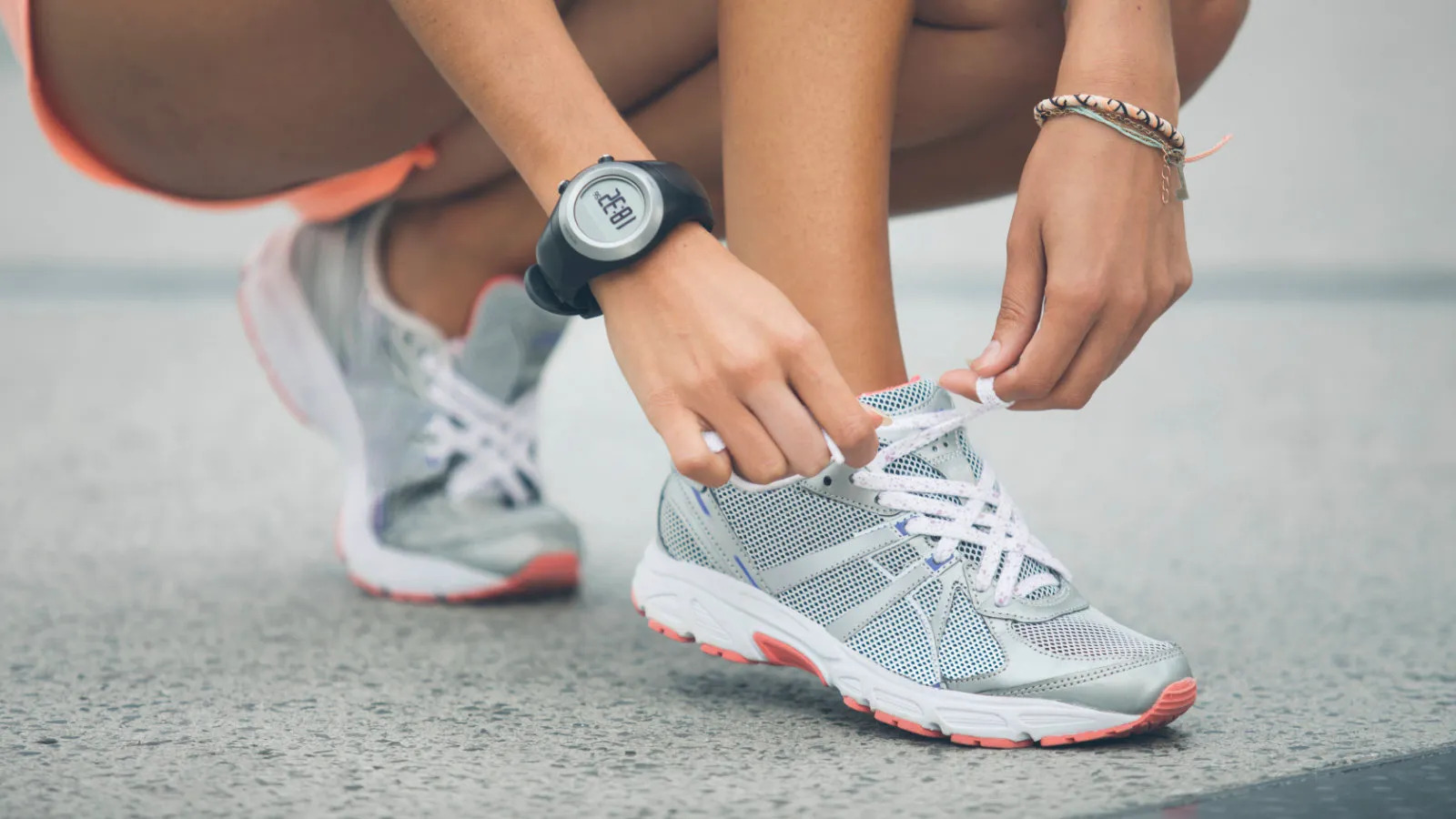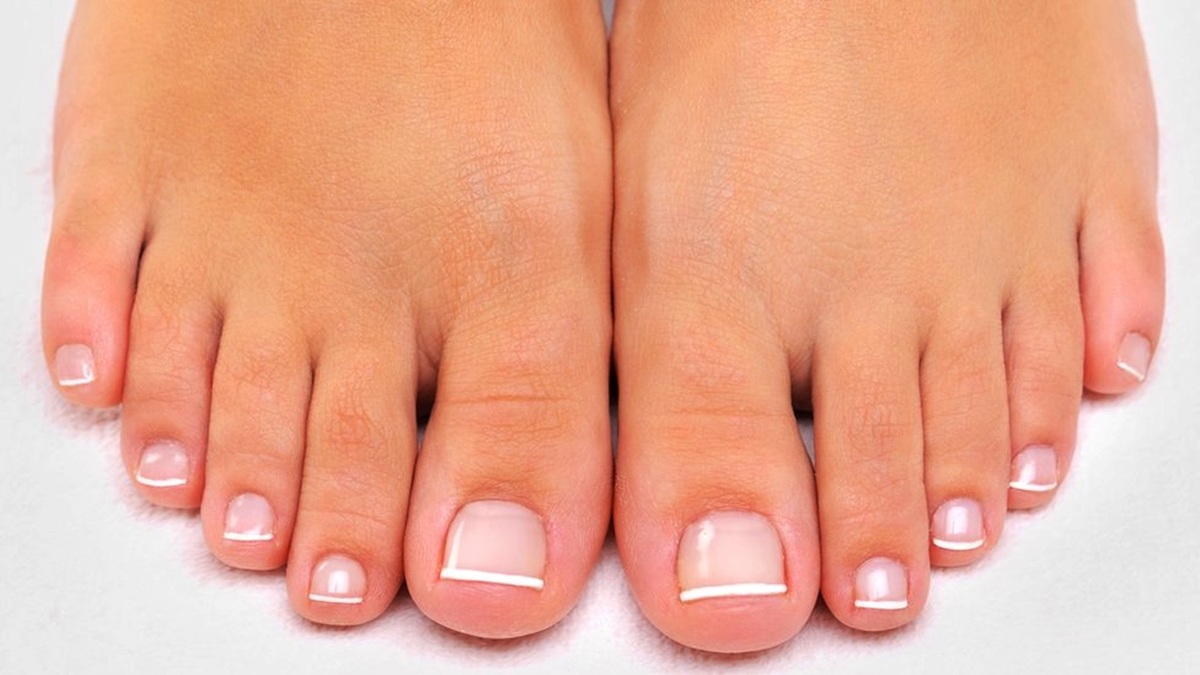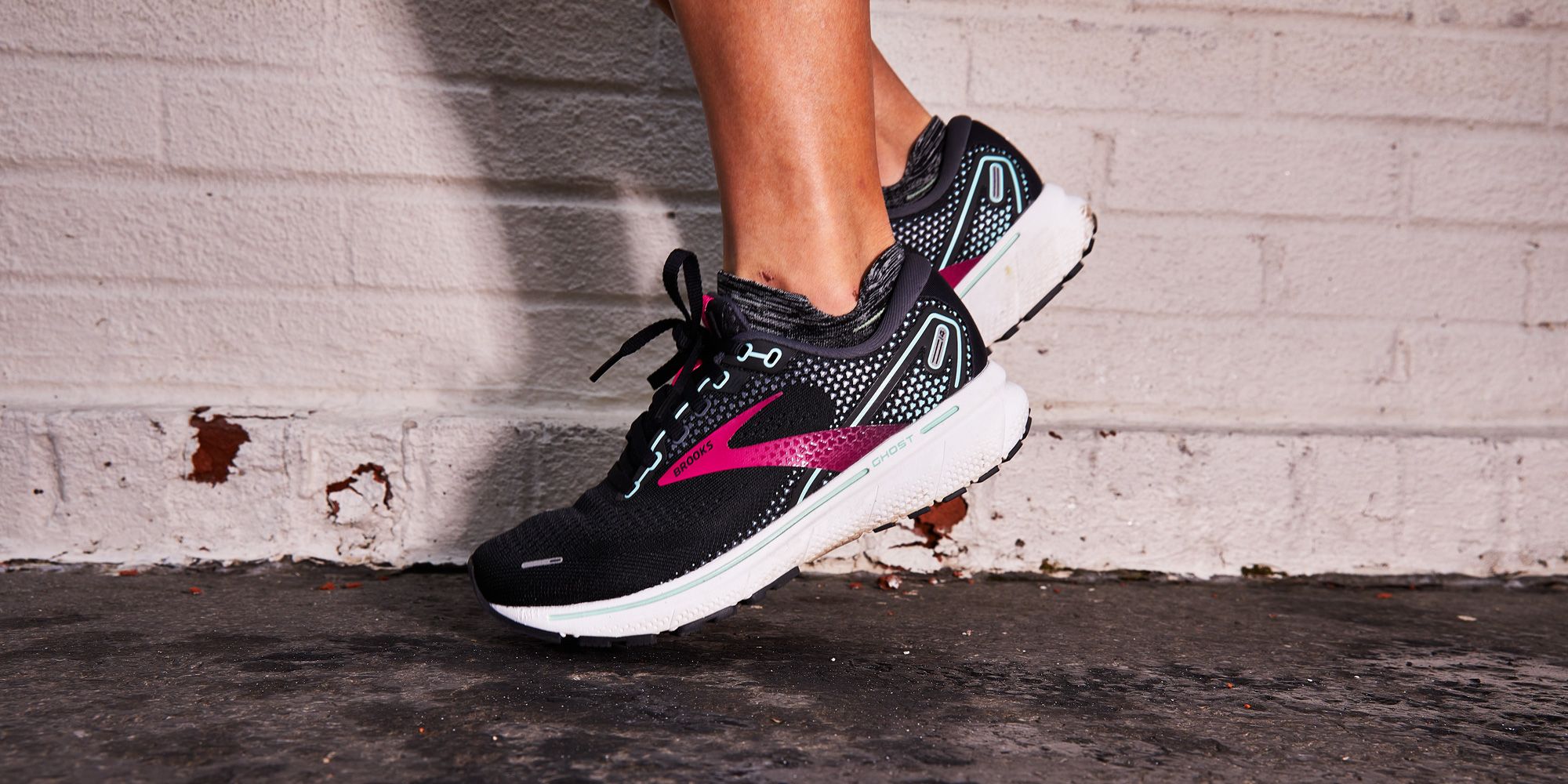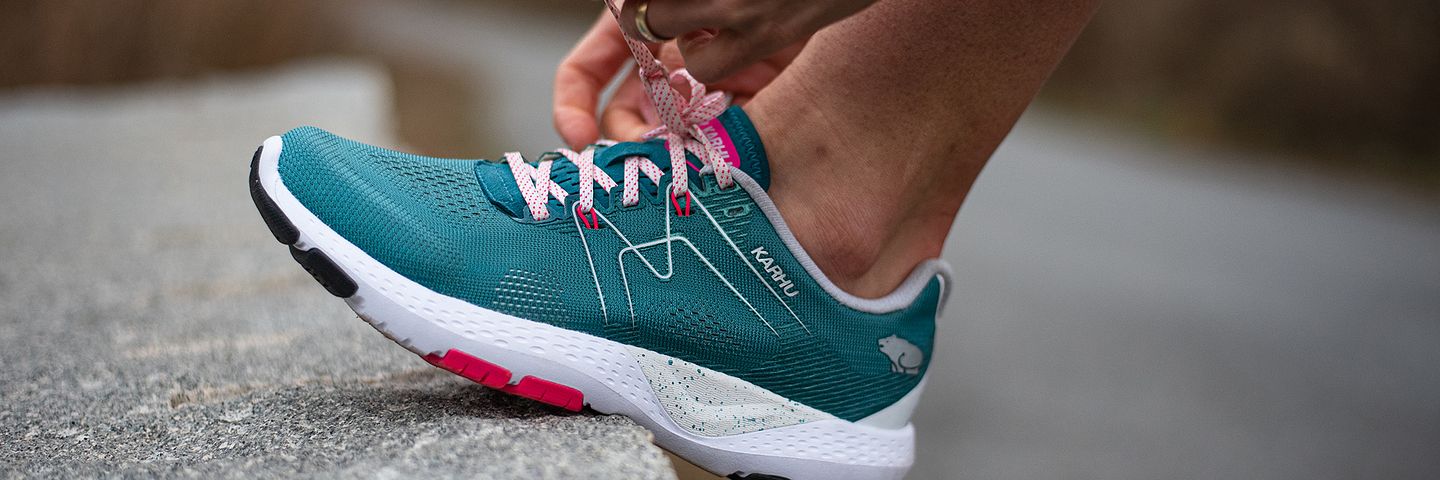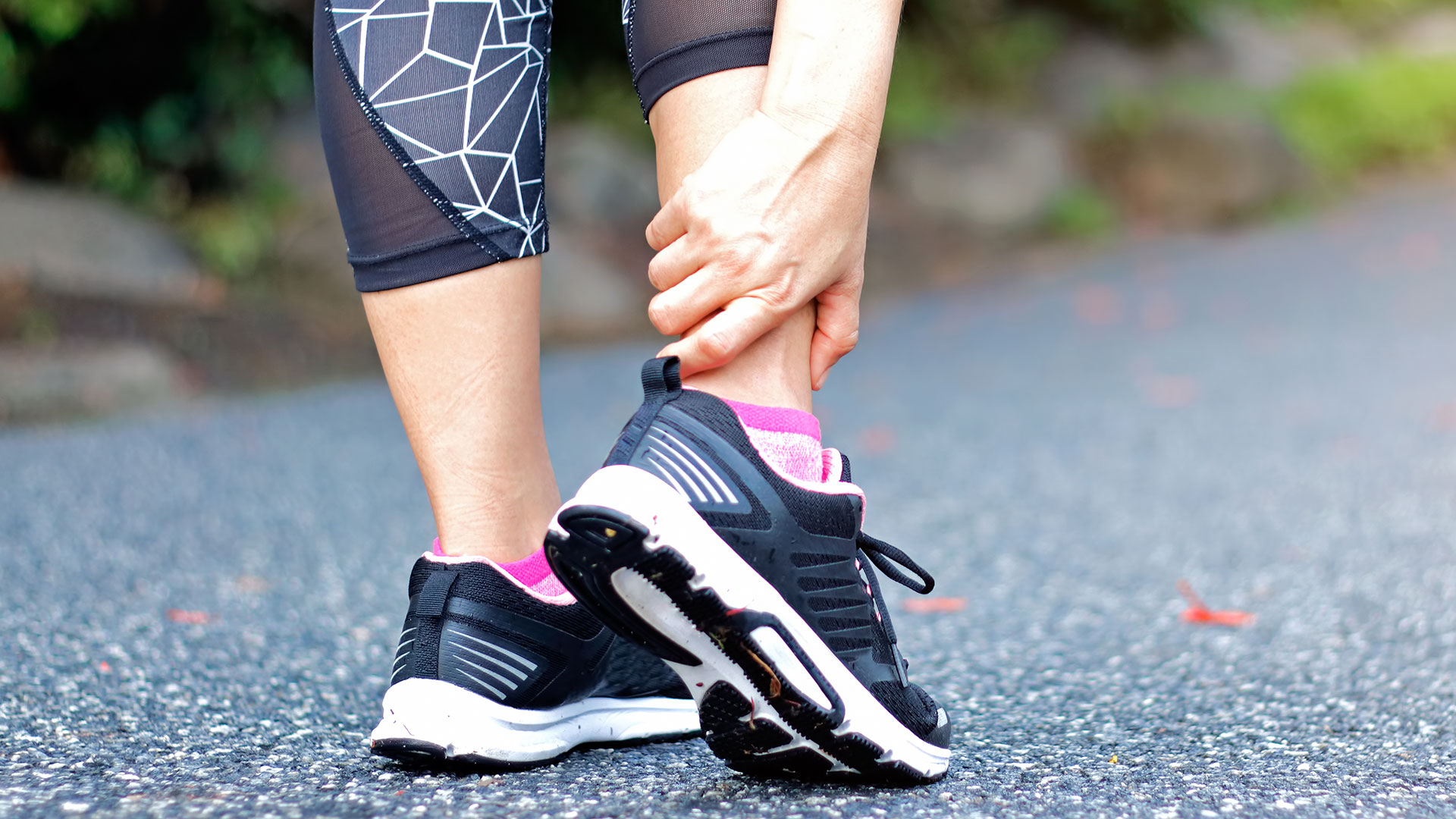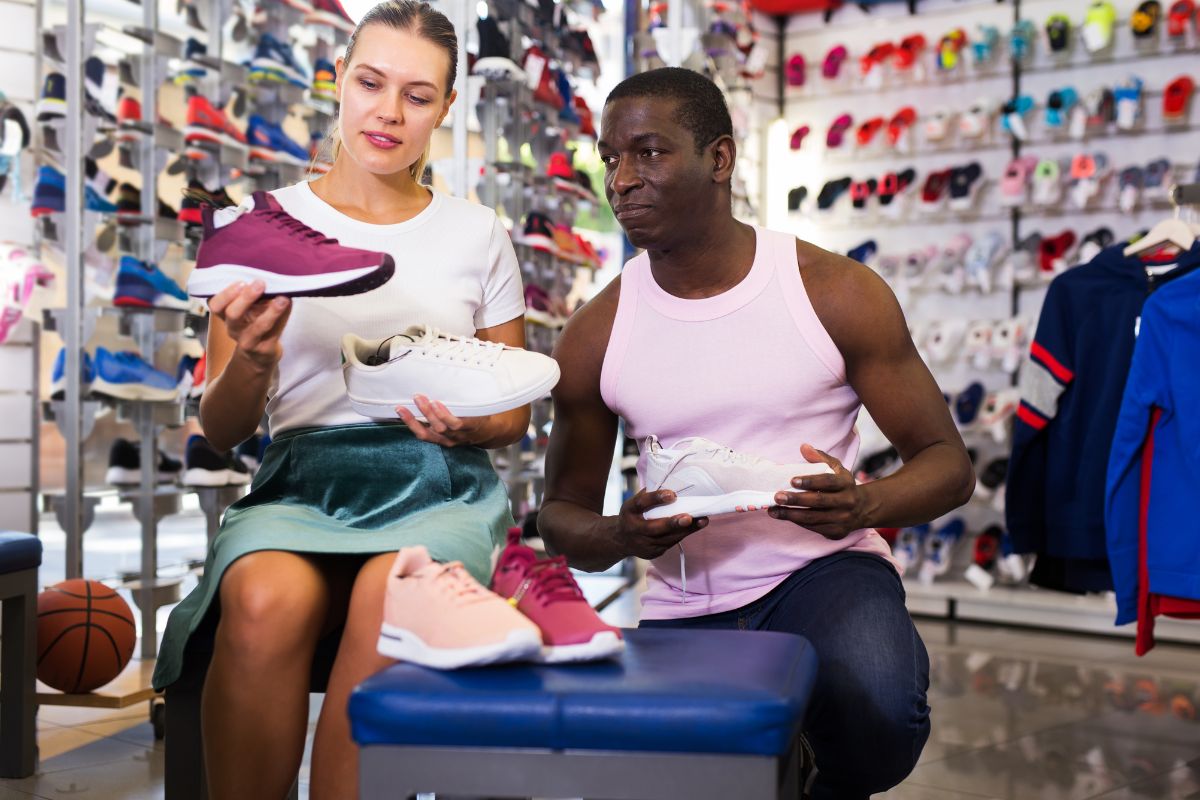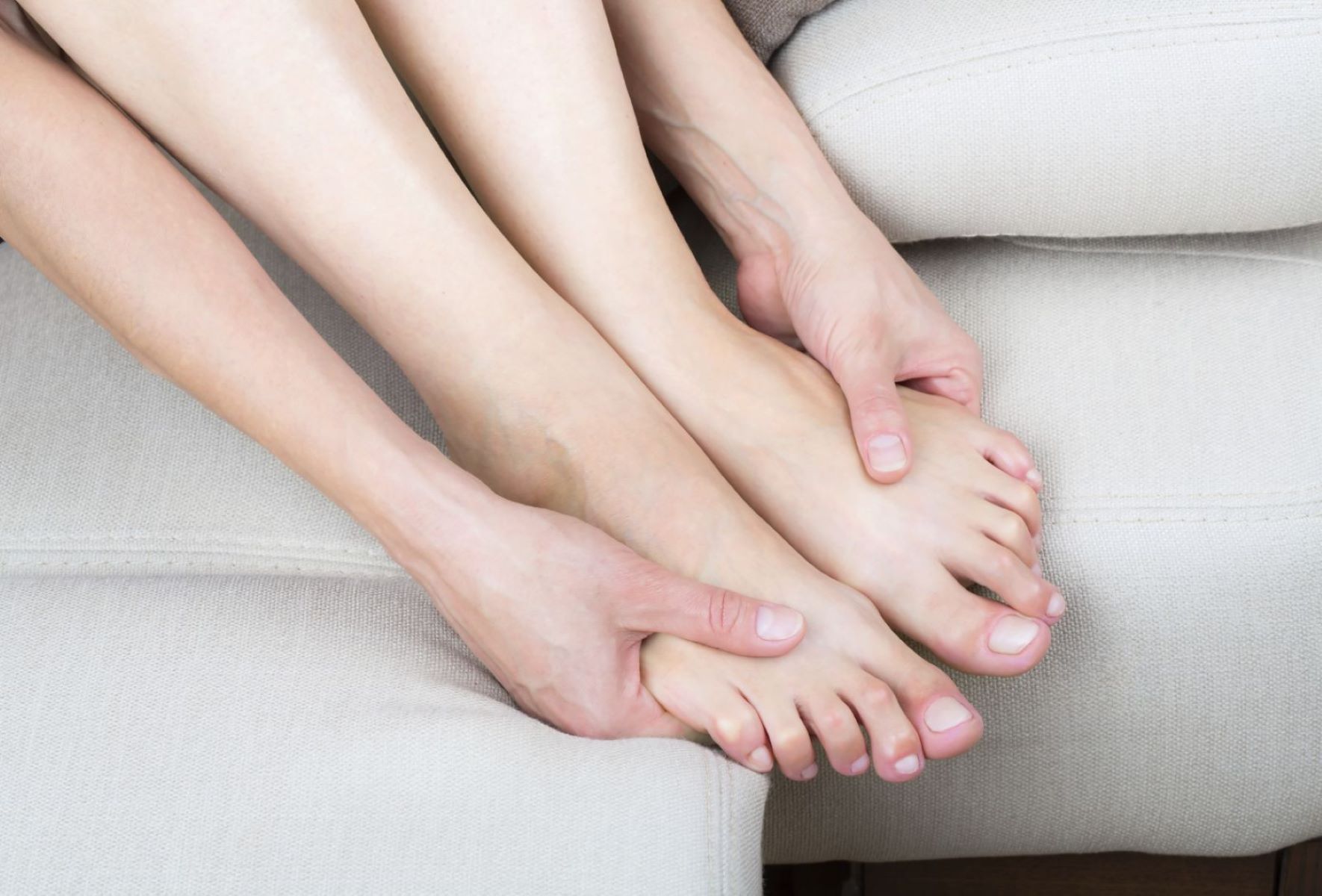

Featured
How Do Feet Affect Athletic Performance
Modified: August 19, 2023
Discover how the feet impact athletic performance in this featured article. Explore the connection between foot health and sports capabilities for optimal results.
Introduction
Athletic performance is influenced by various factors, and one often overlooked aspect is the role of the feet. The feet serve as the foundation for any physical activity, providing stability, shock absorption, and propulsion. Understanding the anatomy and biomechanics of the feet is crucial in optimizing athletic performance and preventing injuries.
The foot is a complex structure comprised of bones, muscles, ligaments, and tendons, working harmoniously to support the body’s weight and facilitate movement. Each foot contains 26 bones, 33 joints, and over 100 muscles, making it a truly remarkable and intricate system.
Foot biomechanics play a significant role in athletic performance. The way the foot moves, strikes the ground, and transfers force affects how efficiently an athlete can run, jump, or change direction. Some individuals naturally have better foot function, while others may have specific biomechanical issues that need to be addressed.
Understanding the impact of foot function on athletic performance is essential. Factors such as arch type, foot alignment, and stability can significantly influence an athlete’s ability to generate power, maintain balance, and prevent injuries. By identifying and addressing any deficiencies or imbalances, athletes can improve their performance and reduce the risk of chronic injuries.
This article explores the relationship between foot function and athletic performance. We will delve into the anatomy of the foot, discuss foot biomechanics, and outline the impact of foot function on different athletic activities. We will also explore common foot injuries in athletes, the role of footwear in performance enhancement, and techniques for improving foot function to maximize athletic potential.
Anatomy of the Foot
The foot is an intricate structure that consists of bones, muscles, ligaments, and tendons. Understanding the anatomy of the foot is essential in comprehending its function and its impact on athletic performance.
The foot is composed of three main sections: the forefoot, midfoot, and hindfoot. The forefoot is made up of the phalanges (toe bones) and the metatarsals (long bones that connect the toes to the midfoot). The midfoot includes the tarsal bones, which form the arch of the foot and provide support. The hindfoot comprises the talus and calcaneus, commonly known as the heel bone.
The foot’s arch is a critical structural feature. It consists of three arches: the medial longitudinal arch, the lateral longitudinal arch, and the transverse arch. These arches provide shock absorption, stability, and coordination during movement.
Muscles and tendons play a vital role in foot function. They work together to move the foot, maintain balance, and provide stability. The muscles in the foot are categorized into intrinsic and extrinsic muscles. Intrinsic muscles are located within the foot and control fine movements, while extrinsic muscles originate in the lower leg and extend into the foot, allowing for more powerful movements.
Ligaments connect bones and provide stability to the foot. The foot’s ligaments include the plantar fascia, which supports the arch, and the various collateral and dorsal ligaments that stabilize the joints.
Understanding the anatomy of the foot is crucial for athletes and sports professionals. It enables them to identify any potential weaknesses or imbalances, and devise appropriate exercises and treatments to optimize foot function and performance.
Foot Biomechanics
Foot biomechanics refer to the study of how the foot moves and functions during various activities. It involves analyzing the forces, motions, and structures involved in foot movement and their impact on athletic performance.
When walking or running, the foot undergoes a complex series of motions. These motions include pronation, supination, and the toe-off phase. Pronation refers to the inward rolling motion of the foot as it strikes the ground. This motion helps to absorb shock and adapt to uneven surfaces. Supination, on the other hand, is the outward rolling motion of the foot that occurs during push-off. It provides stability and propels the body forward. The toe-off phase is the final stage where the toes push off the ground, propelling the body forward.
The way the foot moves and functions is influenced by its structural components, such as the bones, arches, muscles, and ligaments. The alignment and flexibility of these structures play a crucial role in foot biomechanics. For instance, an excessively flat foot (overpronation) or a high-arched foot (supination) can lead to imbalances and increased stress on certain areas of the foot.
Poor foot biomechanics can impact not only the feet but also the entire kinetic chain, affecting the ankles, knees, hips, and even the lower back. It can lead to inefficient movement patterns, decreased power generation, and an increased risk of injuries.
Understanding an individual’s foot biomechanics is essential for athletes and sports professionals in creating personalized training and rehabilitation programs. By assessing foot alignment, range of motion, and muscle strength, they can identify any biomechanical issues and develop strategies to improve foot function and overall performance.
Orthotic devices, such as custom-made shoe inserts or arch supports, are commonly used to address biomechanical imbalances and provide additional support, stability, and correction. These devices can improve foot alignment, redistribute forces, and reduce the risk of injuries.
Overall, studying foot biomechanics is crucial in optimizing athletic performance and preventing injuries. By understanding how the foot moves and functions, athletes can enhance their training routines, improve technique, and ultimately reach their full potential.
Impact of Foot Function on Athletic Performance
The function of the feet plays a significant role in athletic performance. The way the foot moves, strikes the ground, and transfers force can have a profound impact on an athlete’s ability to perform at their best. Here are some key ways in which foot function can influence athletic performance:
Power Generation: The feet are responsible for transferring forces from the ground through the body during activities such as running, jumping, and cutting. Efficient foot mechanics can enhance the transfer of energy, allowing athletes to generate more power and speed in their movements.
Balance and Stability: Good foot function is crucial for maintaining balance and stability during dynamic movements. Strong foot muscles and proper alignment help athletes stay grounded and in control, reducing the risk of falls and injuries.
Shock Absorption: The feet act as shock absorbers, cushioning the impact of each stride or landing. Proper foot mechanics, including appropriate pronation and supination, help distribute and absorb forces effectively, reducing the strain on joints and muscles.
Efficient Movement Patterns: Optimal foot function enables athletes to move with greater efficiency. It allows for smoother transitions between different movements, minimizing energy waste and maximizing performance.
Proprioception: The soles of the feet are rich in sensory receptors, providing valuable feedback about the body’s position, motion, and ground contact. This sensory input, known as proprioception, plays a vital role in maintaining balance and coordinating movements.
It is important for athletes to be aware of their individual foot function and how it may impact their performance. Some individuals naturally have excellent foot mechanics, while others may have specific biomechanical issues, such as overpronation or supination. These issues may affect their ability to generate power, maintain stability, or execute specific movements efficiently.
Athletes can work with sports professionals, such as physical therapists or biomechanics experts, to assess and address any foot function deficiencies. This may involve exercises to strengthen the foot muscles, improving proprioception, optimizing alignment, or utilizing orthotic devices for additional support.
By understanding and improving foot function, athletes can unlock their full athletic potential and minimize the risk of injuries associated with poor foot mechanics.
The Role of Arch Type in Performance
The arch type of the foot plays a significant role in athletic performance. The arch is the curved structure on the underside of the foot that helps distribute weight and absorb shock during movement. There are three main types of arches: high arches, normal arches, and flat arches. Each arch type has its own characteristics and implications for athletic performance.
High Arches: Individuals with high arches have an exaggerated curve along the underside of their feet. This arch type tends to be rigid, providing less flexibility and shock absorption. Athletes with high arches may experience an increased risk of foot and ankle injuries due to inadequate shock absorption. They might also be more prone to issues such as plantar fasciitis and stress fractures. However, high arches can also provide excellent stability, making them advantageous in activities that require strong balance and control, such as gymnastics and ballet.
Normal Arches: Normal or neutral arches have a moderate curve that allows for optimal weight distribution and shock absorption. Athletes with normal arches typically have the best balance between stability and flexibility. This arch type enables efficient propulsion and reduces the risk of injuries associated with excessive pronation or supination. Most individuals fall into this category, and they are well-suited for a wide range of athletic activities.
Flat Arches: Flat arches, also known as low arches, have minimal or no curve along the underside of the foot. This arch type often leads to overpronation, where the foot excessively rolls inward during movement. Athletes with flat arches may experience stability issues and are prone to conditions such as shin splints, Achilles tendonitis, and plantar fasciitis. However, flat arches can provide advantages in activities that require greater shock absorption, such as long-distance running or activities on uneven surfaces.
Athletes should be aware of their arch type and how it may impact their performance and injury risk. Working with sports professionals, such as podiatrists or physical therapists, can help assess foot arches and determine any specific biomechanical issues that need to be addressed.
For individuals with high arches or flat arches, appropriate footwear can play a crucial role. Athletes should look for shoes that provide the necessary support and stability. Arch-supporting orthotics or custom-made insoles can also be beneficial in providing additional support, correcting imbalances, and reducing the risk of injuries associated with abnormal arch function.
Overall, understanding the role of arch type in performance allows athletes to tailor their training, footwear choices, and injury prevention strategies to optimize their athletic potential.
Common Foot Injuries in Athletes
Athletes are susceptible to a variety of foot injuries due to the demands placed on their feet during training and competition. Understanding common foot injuries can help athletes recognize the signs, seek appropriate treatment, and take preventive measures to minimize their impact on performance. Here are some of the most frequent foot injuries in athletes:
Plantar Fasciitis: Plantar fasciitis is an inflammation of the plantar fascia, a thick band of connective tissue that runs along the bottom of the foot. It is often characterized by heel pain, especially in the morning or after periods of inactivity. Overuse, poor arch support, and tight calf muscles can contribute to this condition.
Achilles Tendonitis: Achilles tendonitis is the inflammation of the Achilles tendon, which connects the calf muscles to the heel bone. It can result from overuse, improper footwear, or tight calf muscles. Symptoms include pain, swelling, and stiffness in the back of the heel.
Stress Fractures: Stress fractures are small cracks or breaks in the bones caused by repetitive stress or overuse. They commonly occur in the metatarsals, the long bones of the foot. Athletes who engage in high impact activities such as running or jumping are more prone to stress fractures.
Ankle Sprains: Ankle sprains occur when the ligaments surrounding the ankle joint are stretched or torn. This injury can result from a sudden twist or excessive force applied to the ankle during activities such as changing direction or landing improperly. Symptoms include pain, swelling, and instability.
Morton’s Neuroma: Morton’s neuroma is a thickening of tissue around a nerve between the toes, most commonly between the third and fourth toes. Athletes who participate in activities that involve repetitive pressure on the forefoot, such as running or jumping, may develop this condition. It often causes sharp, burning pain and numbness in the affected area.
Toe Injuries: Athletes can also experience various toe injuries, such as turf toe (sprain of the ligaments around the base of the big toe), toe fractures, or toe nail injuries. These injuries can result from direct trauma, excessive bending, or repetitive impact.
Proper diagnosis, treatment, and rehabilitation are essential for recovering from foot injuries and preventing chronic issues. Athletes should consult with a healthcare professional, such as a sports medicine specialist or a podiatrist, to receive a correct diagnosis and develop a suitable treatment plan.
Prevention is key in avoiding foot injuries. Athletes should wear proper footwear that provides adequate support, cushioning, and stability. Maintaining strength and flexibility in the foot and ankle, incorporating proper warm-up and cool-down routines, and gradually increasing intensity and duration of physical activity can also help reduce the risk of foot injuries.
By understanding common foot injuries and taking proactive measures, athletes can maintain their foot health, optimize their performance, and enjoy their chosen sports without unnecessary disruptions.
Footwear and Performance Enhancement
Footwear is a crucial factor in athletic performance and plays a significant role in enhancing an athlete’s capabilities. The right pair of shoes can offer comfort, support, and protection, enabling athletes to perform at their best. Here are the ways in which footwear can contribute to performance enhancement:
Shock Absorption: A proper pair of athletic shoes provides shock absorption, reducing the impact on the joints and muscles. This is particularly important in activities that involve repetitive movements, such as running or jumping. Good shock absorption helps prevent fatigue, reduces the risk of injuries, and allows athletes to maintain their performance for longer durations.
Support and Stability: Footwear with adequate support and stability enhances an athlete’s balance and control during dynamic movements. This is crucial in sports that require quick changes in direction or rapid acceleration and deceleration. Shoes with features like structured soles, midfoot shanks, and supportive uppers can help maintain proper foot alignment, reduce excessive pronation or supination, and minimize the risk of ankle sprains or other injuries.
Traction: The outsole of athletic shoes plays a vital role in providing traction and grip on various surfaces. A well-designed outsole with appropriate patterns and materials ensures optimal grip, enabling athletes to make quick cuts, accelerate, and maintain balance without slipping. This feature is particularly important in sports such as basketball, soccer, or tennis.
Comfort and Fit: Comfortable shoes that fit properly are essential for optimal performance. Ill-fitting shoes can cause discomfort, blisters, and even affect an athlete’s gait and movement patterns. Good footwear should provide ample toe space, proper arch support, and a secure fit without constriction. Athletes should consider the specific needs of their feet, such as arch height, foot width, and any specific biomechanical issues, when selecting the right shoes.
Specialized Features: Some athletic shoes are designed with specialized features aimed at enhancing performance in specific sports or activities. These features can include technologies for cushioning, stability, energy return, breathability, or weight reduction. Depending on the sport or activity, athletes can choose footwear that incorporates these specialized features to optimize their performance.
It is essential for athletes to regularly assess the condition of their athletic footwear and replace them when they show signs of wear and tear. Worn-out shoes can lose their supportive and cushioning properties, which can increase the risk of injuries and affect performance.
Ultimately, selecting the right footwear is a personal and individualized process. Athletes should consider their specific sport, foot type, biomechanics, and personal preferences when choosing athletic shoes. Consulting with footwear experts or sports professionals can provide valuable guidance in selecting the right footwear that suits an athlete’s needs and helps maximize their performance potential.
Techniques for Improving Foot Function in Athletes
Optimizing foot function is essential for athletes looking to improve their performance and reduce the risk of foot-related injuries. Here are some techniques that can help athletes enhance foot function:
Stretching and Strengthening Exercises: Performing regular stretching and strengthening exercises can improve the flexibility and strength of the foot and lower leg muscles. Calf raises, toe curls, and toe spreads are examples of exercises that can target specific areas of the foot. These exercises help increase muscle balance, improve proprioception, and enhance overall foot function.
Balance and Proprioception Training: Balance and proprioception training exercises can improve an athlete’s ability to control and maintain stability during movements. Some examples include single-leg balances, wobble board exercises, or standing on unstable surfaces. These exercises challenge the foot and ankle complex, improving muscle strength, coordination, and proprioceptive feedback.
Footwear Assessment: Working with a sports professional, such as a podiatrist or physical therapist, to assess an athlete’s footwear can be beneficial. A proper biomechanical assessment can determine if an athlete is wearing the appropriate shoes for their specific foot type and activity. Customized orthotics or shoe modifications may be recommended to optimize foot alignment and function.
Proper Warm-up and Cool-down Routines: Incorporating a thorough warm-up and cool-down routine before and after physical activity can help prepare the feet for exercise and promote recovery. Dynamic stretching, self-massage, and gentle range-of-motion exercises can help improve circulation, flexibility, and alleviate any tension or tightness in the foot muscles and joints.
Gradual Progression of Activity: Gradually increasing the intensity, duration, and frequency of athletic activities allows the foot to adapt and strengthen gradually. Sudden spikes in activity levels can put excessive strain on the feet and increase the risk of injuries. It is important to listen to the body and progress at a pace that allows for proper adaptation and recovery.
Foot Care and Hygiene: Maintaining good foot hygiene and care is important for athletes. Keeping the feet clean, dry, and moisturized can help prevent common foot problems such as fungal infections or blisters. Regularly trimming toenails, wearing moisture-wicking socks, and using appropriate foot powder or creams can support foot health and prevent discomfort or complications.
Regular Check-ups and Assessments: Athletes should have regular check-ups and assessments with sports healthcare professionals. These professionals can monitor foot health and provide guidance for ongoing care and injury prevention. Regular assessments can identify any potential issues or areas for improvement in foot function and guide appropriate interventions.
Each athlete may have unique foot function challenges, depending on factors such as arch type, previous injuries, or biomechanics. Consulting with a sports professional, such as a physical therapist or podiatrist, can provide personalized guidance and treatment plans for improving foot function tailored to an athlete’s specific needs.
Conclusion
The feet play a critical role in athletic performance, and optimizing foot function is key to maximizing an athlete’s potential. Understanding the anatomy, biomechanics, and common injuries of the feet allows athletes to take proactive measures to enhance their foot function and reduce the risk of injuries.
By recognizing the impact of foot function on athletic performance, athletes can identify their specific foot needs and work towards improving their foot mechanics. Techniques such as stretching and strengthening exercises, balance and proprioception training, proper footwear selection, and gradual progression of activity can all contribute to improving foot function.
Foot health should be a priority for athletes, as it can directly influence overall performance and long-term athletic success. Regular check-ups with sports professionals, such as podiatrists or physical therapists, can provide valuable insights and personalized recommendations for optimizing foot function.
Choosing appropriate footwear is crucial in supporting foot function and performance enhancement. Athletes should consider factors such as arch type, support, cushioning, traction, and overall fit when selecting athletic shoes. Proper footwear can provide stability, shock absorption, and comfort during various sporting activities.
Remember, each athlete is unique, and their foot function may have individual characteristics. By understanding their own foot needs and seeking professional guidance when necessary, athletes can work towards improving foot function, reducing the risk of injuries, and reaching their full potential in their chosen sport.
Investing time and effort into foot health and improving foot function can lead to better performance, enhanced stability, and overall athletic success. With the right knowledge and strategies in place, athletes can optimize their foot function and embark on a journey of improved performance and reduced injury risk.
